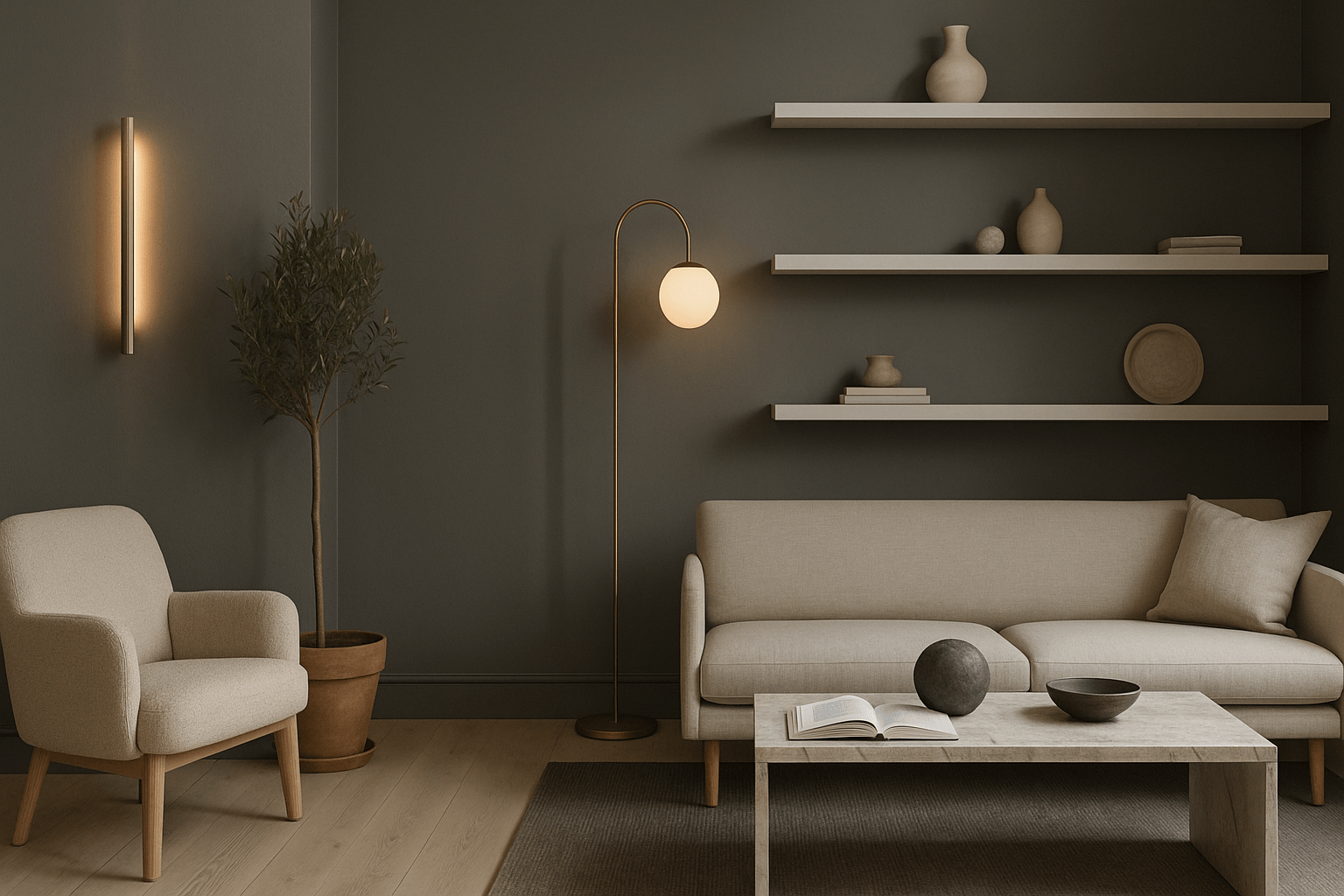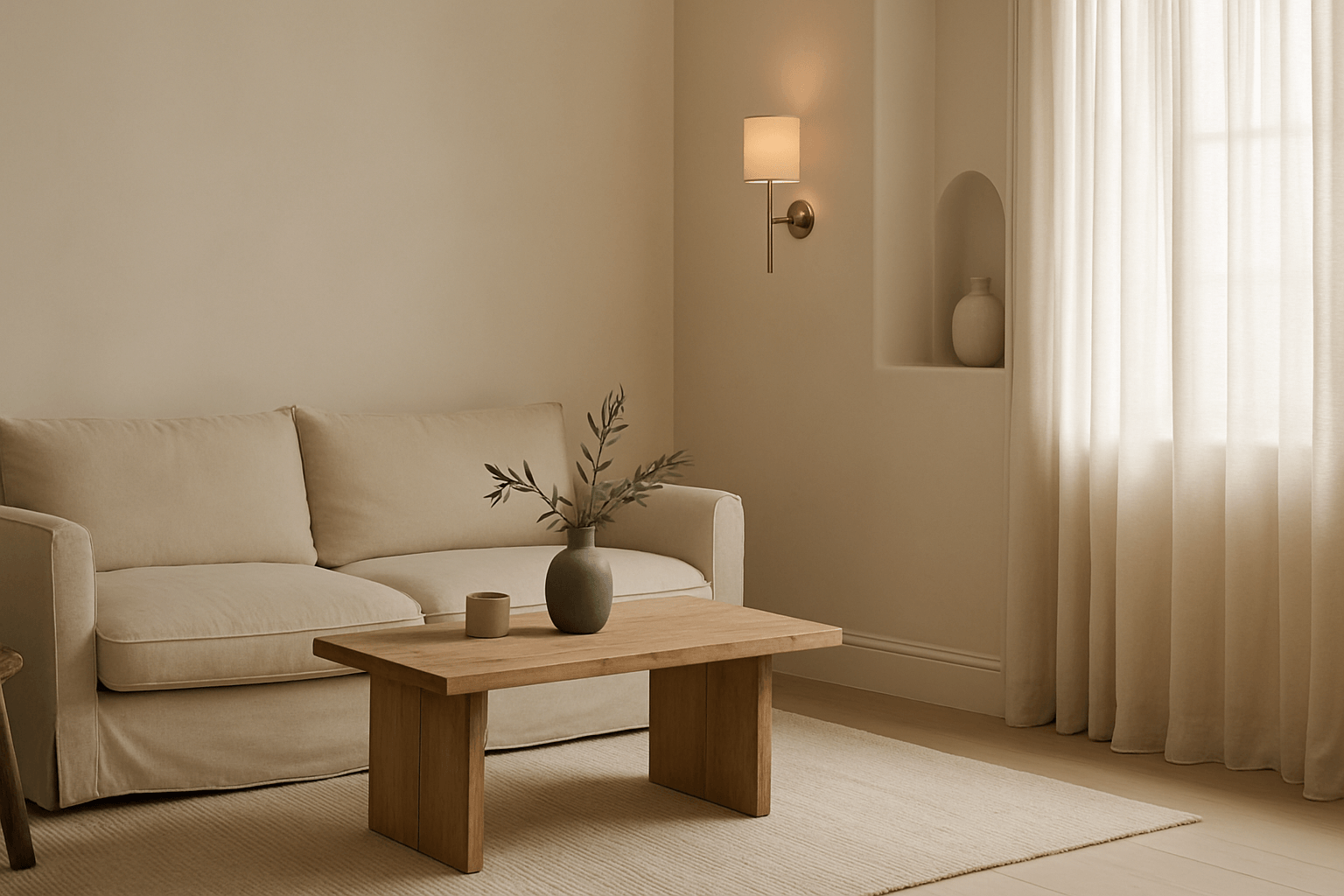Design for the Way You Live
Every home should reflect not only your taste but also the way you move through your days. Start by identifying the moments that matter—your morning coffee routine, where you read, how you wind down. Design around those rituals.
This might mean:
-
Placing a sculptural floor lamp next to your reading chair
-
Layering textures in the bedroom to enhance rest
-
Using a soft-glow table lamp to set a calm evening tone
When function is wrapped in intention, your space begins to feel like you.
Embrace Breathing Space
One of the most overlooked elements in home design is negative space. In a culture of constant clutter, consider leaving some areas visually quiet. It doesn’t mean empty—it means thoughtful.
Let one piece of lighting or furniture stand alone and shine. Let your walls breathe. Less really can feel like more.
The Power of Lighting
Lighting isn’t an accessory—it’s a backbone. Use it to create emotion, rhythm, and zones of activity.
Some ideas:
-
Warm, diffused light (2700K–3000K) in living and lounge spaces
-
Dimmable lights to adjust ambiance
-
Layered lighting: ceiling, wall, and task lighting in harmony
The best spaces feel good at all hours.
Tactile Materials Matter
Natural textures like linen, wood, stone, and matte ceramics ground a space. They make a home feel lived-in, even if it’s pristine.
Mixing soft and hard surfaces—like a linen sofa next to a metal lamp or a stone base—adds dimension without chaos.
Stay Neutral, Stay Bold
A neutral palette doesn’t have to be boring. In fact, it offers the perfect base for bolder shapes, architectural lighting, or sculptural furniture. The contrast becomes part of the design story.
Final Thought
The best homes aren’t staged—they’re layered over time. Focus on quality, flow, and emotional resonance. Let lighting lead the mood. Let furniture support your routine. And let your home be a reflection of how you want to feel.
















